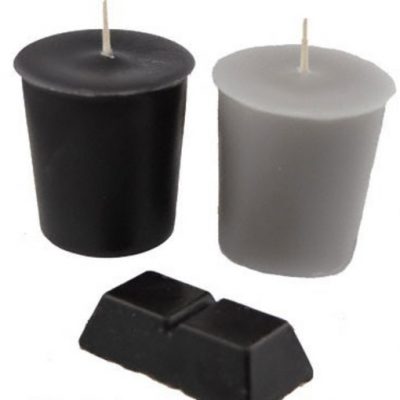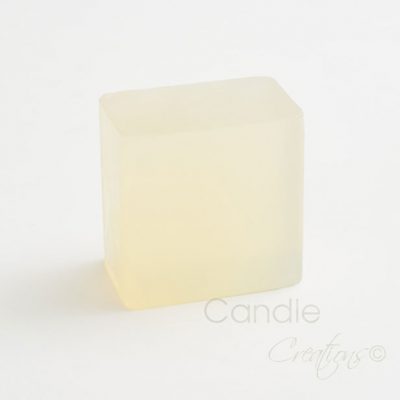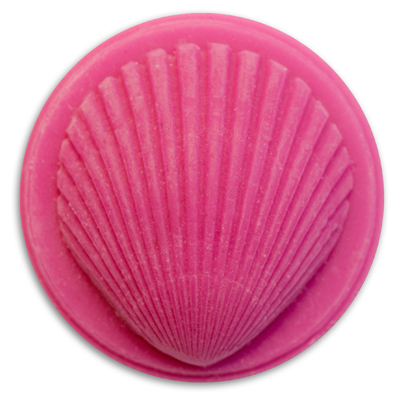Candle making has evolved from a simple craft to an art form, with enthusiasts continually exploring new materials to create the perfect candle. One of the standout materials gaining popularity in this creative world is coconut wax. Known for its luxurious qualities and eco-friendly nature, coconut wax is rapidly becoming a favourite among candle makers. In this article, we’ll explore why coconut wax is an excellent choice for candles, how it compares to soy wax, and why blending the two often results in the perfect candle.
The Unique Qualities of Coconut Wax
Coconut wax is derived from the process of hydrogenating coconut oil. This natural wax is celebrated for its creamy texture and ability to hold and throw scents exceptionally well. This means that candles made with coconut wax can fill a room with fragrance even when burning at a low temperature. Moreover, coconut wax offers a clean, long-lasting burn, which means less soot and a longer life for your candle.
Another appealing quality of coconut wax is its eco-friendly nature. As it is derived from a renewable source, it presents a sustainable option for environmentally conscious candle makers and consumers. The production of coconut wax has a lower environmental impact compared to other waxes, making it a guilt-free indulgence.
Coconut Wax vs. Soy Wax: Understanding the Differences
Soy wax has been a popular choice for candle makers for years, thanks to its natural origins and clean-burning properties. However, coconut wax offers some distinct advantages. While both are natural waxes, coconut wax tends to have a superior scent throw compared to soy wax, which can sometimes struggle to carry fragrance as effectively.
Coconut wax is also softer than soy wax, which can make it more pliable and easier to work with for certain candle designs. However, its softness can had its disadvantages in hotter climates or during warmer seasons, requiring careful temperature control to prevent it from becoming too pliable. This characteristic may also necessitate the use of containers or blends with harder waxes, such as soy, for certain candle types that require more structural integrity. Additionally, coconut wax typically has a brighter, whiter appearance, which can enhance the aesthetic appeal of the finished candle.
Blending Coconut and Soy Waxes for a Perfect Finish
While coconut wax on its own is impressive, many candle makers find that blending it with soy wax creates a product that harnesses the best qualities of each. The stability of soy wax complements the scent-throwing capabilities of coconut wax, leading to a candle that is both sturdy and aromatic.
This blend provides a balanced combination where the coconut wax contributes to a stronger scent and the soy wax offers a firmer structure especially in warmer climates. This makes it ideal for various candle styles, including pillars and votives, which require a bit more rigidity.
Why Choose Coconut Wax for Your Candle Creations?
For candle creators looking to elevate their products, coconut wax presents a great option. Its eco-friendly credentials, coupled with its superior scent throw and clean burn, make it a compelling choice. Whether used alone or in combination with soy wax, coconut wax can help craft candles that are not only beautiful but also sustainable and effective in fragrance delivery. Try the All Seasons Wax A05 CocoSoy this blend is a best seller and creates a great quality candle.
In conclusion, coconut wax is more than just a trend; it’s a testament to how the candle-making industry is embracing sustainability and quality. By choosing coconut wax, candle makers can ensure that their creations are top-notch, appealing to the senses and the conscience of consumers. Whether you’re a seasoned candle maker or just starting, exploring the possibilities with coconut wax might just ignite a new passion for your craft. Happy candle making!






